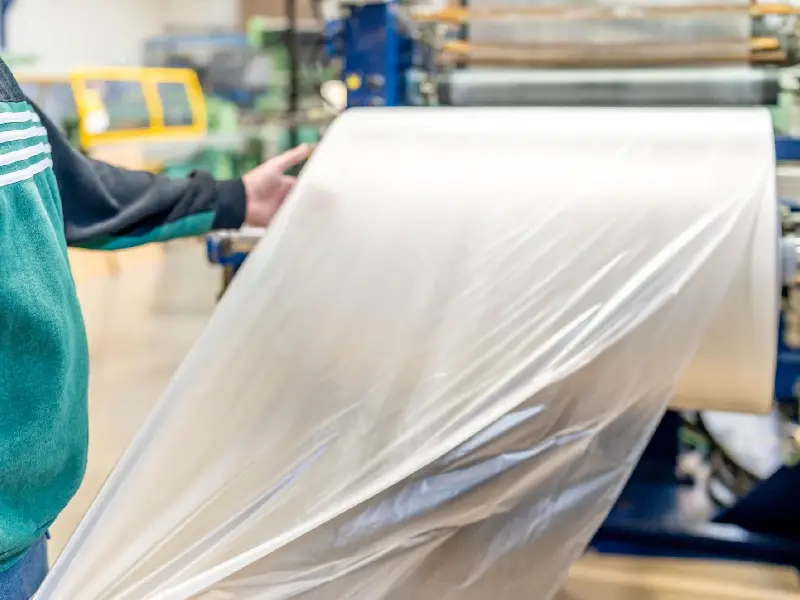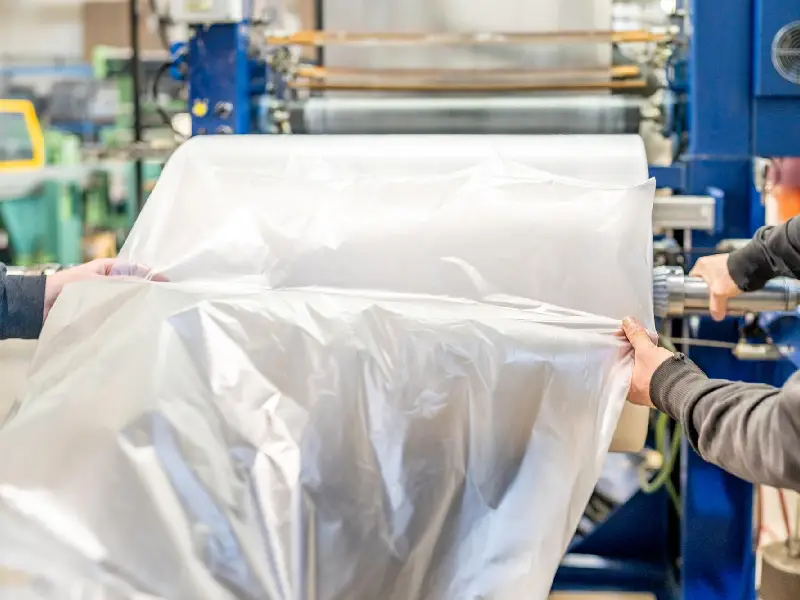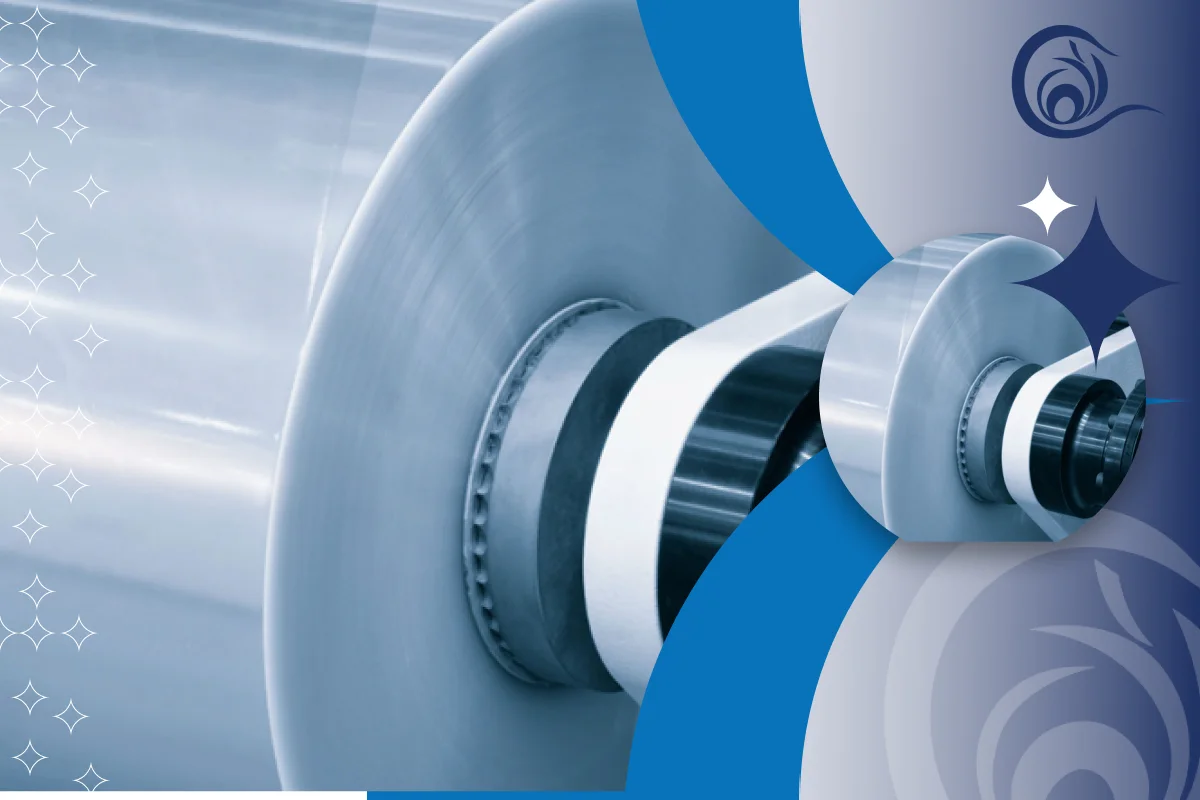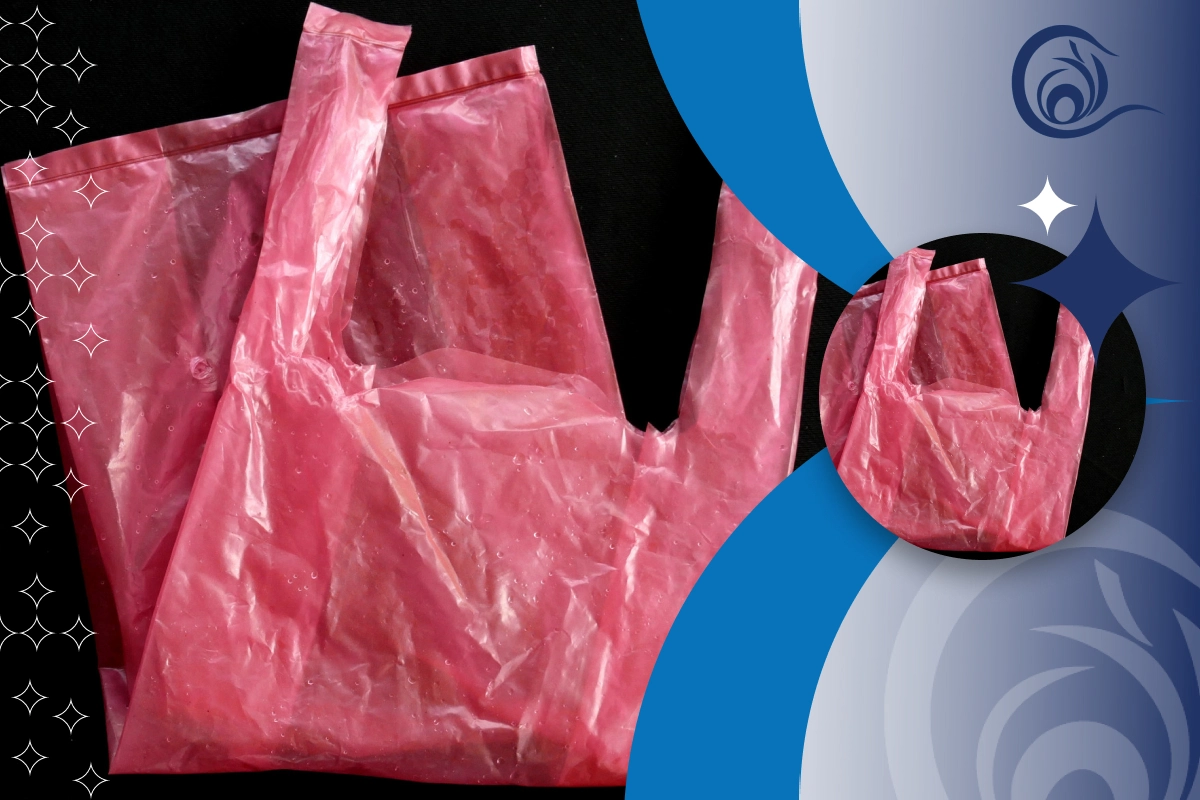Nylon isn’t just another plastic — it’s one of the most versatile materials used across industries, especially in packaging, food handling, agriculture, and industrial supply chains. Lightweight, tough, and flexible, it’s a go-to solution for businesses that need durability without the bulk.
In this guide, we’re breaking down how nylon shows up in day-to-day operations — especially in F\&B production, packaging, and distribution — plus the pros, cons, and what to keep in mind when choosing the right type for your needs.
What is Nylon?
At its core, nylon is a type of engineered plastic from the polyamide family. It’s strong, light, and easy to shape — all reasons why it’s become a staple in everything from food packaging to auto parts.
In the F\&B space, it’s especially valued for its moisture resistance, stretchability, and clarity, making it ideal for keeping products fresh and protected during storage and transit.
Where Nylon Fits in Food & Beverage
1. Food Packaging
This is where nylon shines. Whether you’re wrapping fresh meat, frozen goods, dairy, or baked products, nylon film offers a solid barrier against moisture, punctures, and contamination — all while keeping the product visible and appealing.
It also helps extend shelf life, making it a smart choice for producers and distributors alike.
2. Pharma & Personal Care Products
Nylon’s used for sachets, diaper packaging, wet wipes — pretty much anything that needs lightweight, flexible, yet protective film. It’s also highly printable, so branding and info labels come out clean and legible.

3. Agriculture & Greenhouses
Nylon films are commonly used in greenhouse coverings, soil fumigation, and crop protection. They help retain moisture, cut down water use, and improve growing conditions. The result? Higher yields and lower maintenance costs.
4. Electronics & Industrial Packaging
Anti-static nylon films are a must when packing **sensitive electronics or industrial tools**. They block dust and moisture while protecting gear in transit. If you’re in large-scale food production using electronics or automation, this is key to keeping systems intact.
5. Retail & Branding
Printed nylon bags are a low-cost, high-visibility way to promote your brand. Whether it’s in-store takeaways or product bundles, these bags double as marketing tools — carrying your logo right into the hands of the customer.
Nylon Beyond the F\&B World
While food and beverage is a big player, nylon isn’t limited to packaging. You’ll find it in:
- Automotive– Used in parts like gear knobs, connectors, and even engine components thanks to its heat and impact resistance.
- Construction – Think foundation wraps, floor liners, roof covers — nylon’s low weight and flexibility make it easy to install and ideal for temporary shielding.
- Livestock & Mushroom Farming– Nylon sheeting is great for fodder silos, mushroom houses, and spatial dividers. It’s durable, easy to handle, and cost-effective.
Nylon: Pros That Matter in the Real World
Strong & Flexible
Handles stretching and pressure without cracking — perfect for high-volume operations that need materials that can bend without breaking.
Moisture & Abrasion Resistant
Great in wet, fast-paced environments like kitchens, production lines, and transport.
Lightweight
Saves on shipping costs and makes handling easier for staff — especially in high-turnover warehousing and fulfillment centers.
Brand-Friendly
Nylon’s easy to print on, which means better product visibility and marketing on shelves or in transit.
Recyclable Options Available
Many types of nylon are recyclable, making it a better choice for companies focused on sustainability and waste reduction.
The Flip Side: Nylon Drawbacks to Know
Let’s keep it real — nylon isn’t perfect. Some of the limitations include:
Slow to Biodegrade
Unless you’re using eco-friendly versions, standard nylon takes a long time to break down.
UV Sensitivity
Prolonged exposure to sunlight can cause degradation — something to watch out for in outdoor applications.
Tougher to Recycle When Multilayered
Blended nylon packaging (common in F\&B) can be harder to process post-use due to mixed material composition.
Heat Issues
Under high heat, nylon can release harmful substances — not ideal for all types of food-contact scenarios.
So, Why Does Nylon Still Dominate?
Despite a few downsides, nylon’s versatility, strength, and performance make it one of the top materials in the packaging and industrial world — especially in food and beverage.
Whether you’re wrapping frozen goods, protecting electronic components, or building out a temporary structure, nylon delivers where it counts.

Looking for a Reliable Nylon Supplier?
At Raga Parsian, we produce and supply a wide range of nylon packaging solutions designed specifically for industrial use — including the food and beverage sector. Whether you need high-clarity food film, tough agricultural covers, or custom-branded bags, we’ve got you covered.



